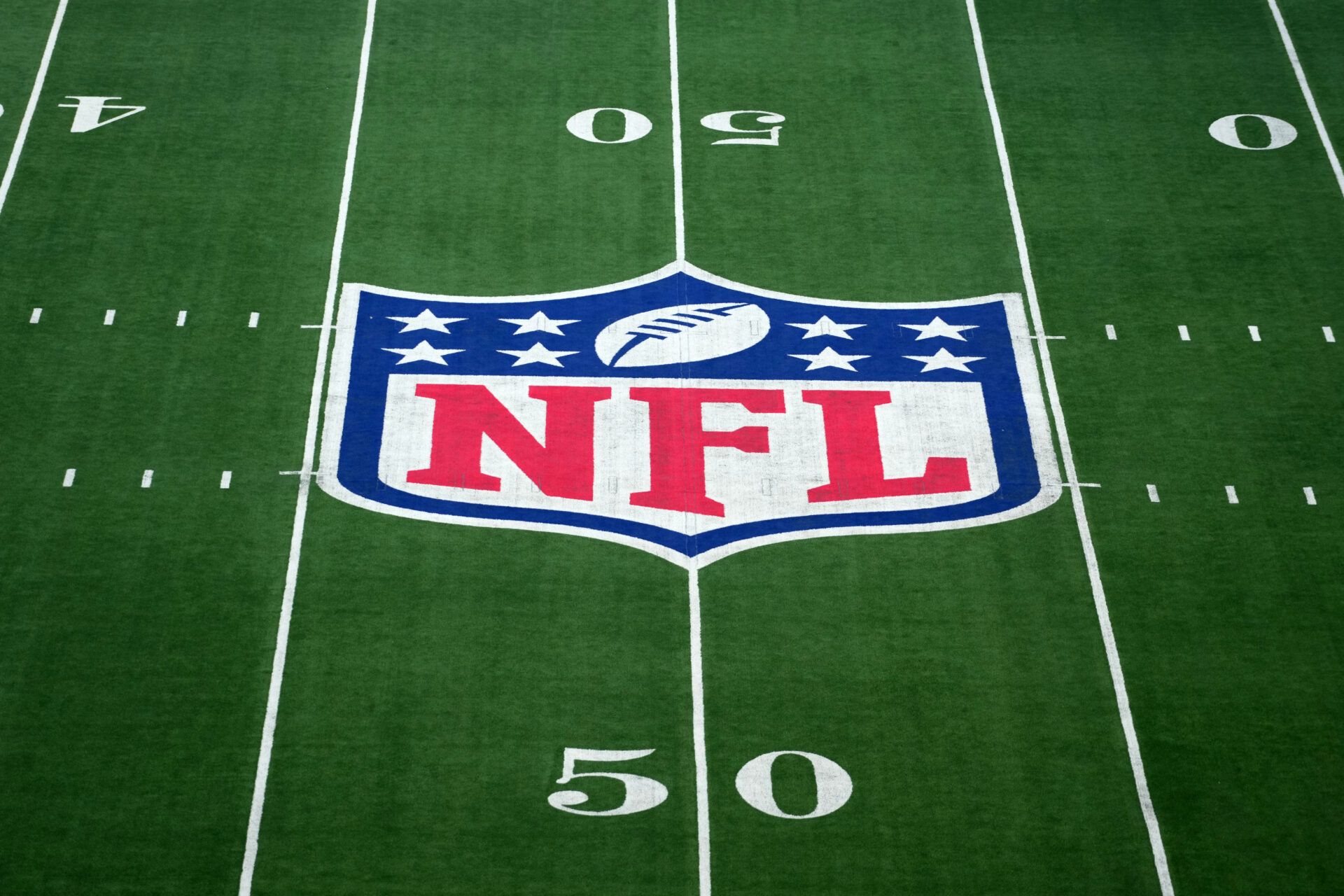The Alarming Rise of NFL Concussions: Understanding the Protocols and Protectors for Player Safety
The National Football League (NFL) has been under intense scrutiny in recent years regarding player safety, particularly when it comes to concussions. The repeated blows to the head in the high-impact sport have been linked to chronic traumatic encephalopathy (CTE), a degenerative brain disease that can cause memory loss, depression, and even death. As a result, the NFL has implemented various concussion protocols to protect its players. In this article, we will delve into the world of NFL concussion protocols, exploring the history, types, and impact of these measures.
The NFL's concussion protocol was first introduced in 2011, in response to a growing body of research on the long-term effects of repeated head trauma. The protocol is designed to ensure that players who have suffered a concussion are properly evaluated, diagnosed, and removed from play to prevent further injury. The protocol consists of three stages: evaluation, clearance, and return-to-play.
Types of Concussions in the NFL
There are several types of concussions that can occur in the NFL, each with its own unique characteristics and concerns. The most common type is the acute concussion, which is typically caused by a single blow to the head. Other types include subconcussive hits, which are repeated blows to the head that can cause cumulative damage, and mild traumatic brain injury (mTBI), which is a broad term that encompasses all types of head injuries.
Some concussions can be more severe than others, and may require immediate medical attention. These include concussions caused by falls, collisions, or other traumatic events. In some cases, concussions can be caused by repeated blows to the head, which can lead to cumulative damage and increase the risk of long-term brain damage.
Subconcussive Hits
Subconcussive hits are repeated blows to the head that can cause cumulative damage, even if the player does not exhibit any visible symptoms. These hits can be particularly problematic, as they can increase the risk of long-term brain damage and increase the likelihood of chronic traumatic encephalopathy (CTE).
The NFL has implemented several measures to reduce the impact of subconcussive hits, including rule changes, equipment modifications, and education and awareness programs for players, coaches, and staff.
Impact of Concussions on Players
Concussions can have a significant impact on players, both physically and emotionally. Players who suffer a concussion may experience symptoms such as headaches, dizziness, and memory loss, which can affect their performance on the field and their overall quality of life.
In addition to physical symptoms, concussions can also have a significant emotional toll on players. Many players who suffer a concussion experience anxiety, depression, and post-concussive syndrome (PCS), a condition characterized by persistent symptoms such as headaches, fatigue, and sleep disturbances.
Long-Term Effects of Concussions
While the immediate effects of concussions are well understood, the long-term effects of repeated head trauma are still not fully understood. Research has shown that repeated blows to the head can increase the risk of chronic traumatic encephalopathy (CTE), a degenerative brain disease that can cause memory loss, depression, and even death.
The NFL has implemented several measures to reduce the risk of long-term brain damage, including rule changes, equipment modifications, and education and awareness programs for players, coaches, and staff.
NFL Concussion Protocols
The NFL concussion protocols are designed to ensure that players who have suffered a concussion are properly evaluated, diagnosed, and removed from play to prevent further injury. The protocol consists of three stages: evaluation, clearance, and return-to-play.
Evaluation Stage
The evaluation stage is the first stage of the concussion protocol, and it involves a thorough assessment of the player's symptoms and medical history. The evaluation process typically includes a series of tests, including cognitive and physical assessments, as well as a review of the player's medical history and medication.
The evaluation stage is typically conducted by a team of medical professionals, including a neurosurgeon, a psychiatrist, and a primary care physician. The team will review the player's symptoms and medical history, and will use a variety of tests to determine whether the player has suffered a concussion.
Clearance Stage
The clearance stage is the second stage of the concussion protocol, and it involves determining whether the player is safe to return to play. The clearance process typically involves a series of tests, including cognitive and physical assessments, as well as a review of the player's medical history and medication.
The clearance stage is typically conducted by a team of medical professionals, including a neurosurgeon, a psychiatrist, and a primary care physician. The team will review the player's symptoms and medical history, and will use a variety of tests to determine whether the player is safe to return to play.
Return-to-Play Stage
The return-to-play stage is the final stage of the concussion protocol, and it involves determining whether the player is ready to return to play. The return-to-play process typically involves a series of tests, including cognitive and physical assessments, as well as a review of the player's medical history and medication.
The return-to-play stage is typically conducted by a team of medical professionals, including a neurosurgeon, a psychiatrist, and a primary care physician. The team will review the player's symptoms and medical history, and will use a variety of tests to determine whether the player is ready to return to play.
Education and Awareness
Education and awareness are critical components of any concussion protocol. The NFL has implemented several education and awareness programs to inform players, coaches, and staff about the risks and consequences of concussions.
Some of the key education and awareness initiatives include:
- Concussion Symposiums: The NFL hosts annual concussion symposiums, which bring together medical professionals, players, and coaches
Yumieto
Tyler Hynes Relationships
Anna Malygon
Article Recommendations
- Ingrid Harbaugh
- Who Is Rick Ross
- What Is The Blackye Club
- Mel Tiangco
- Aishahd
- Neil Flynn
- Benicioel Toro
- Jasmin Gassmann
- Truman Hanks
- Piddy List



